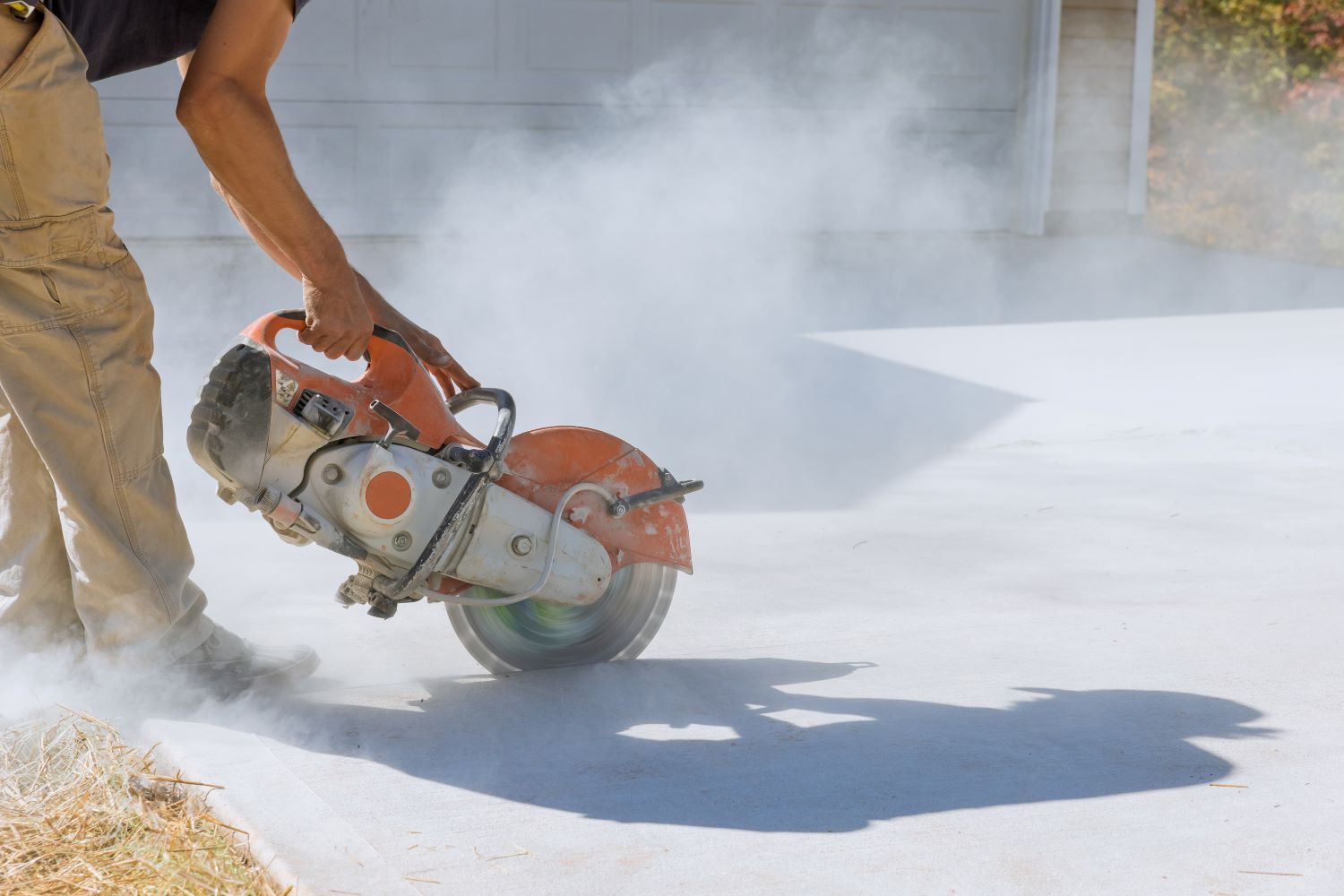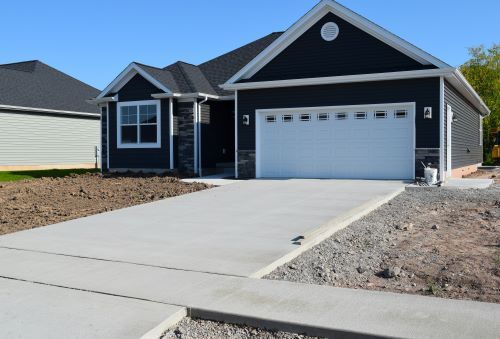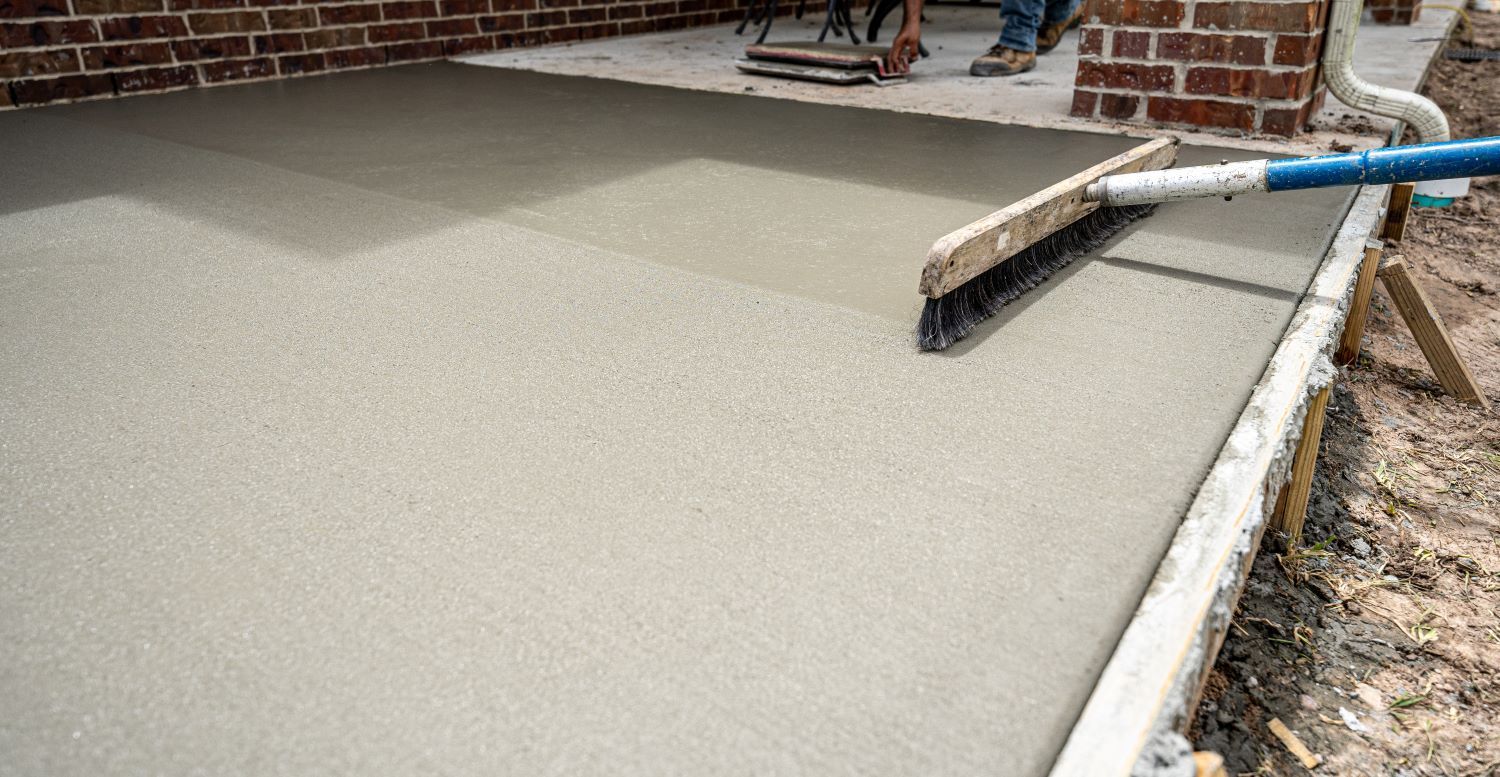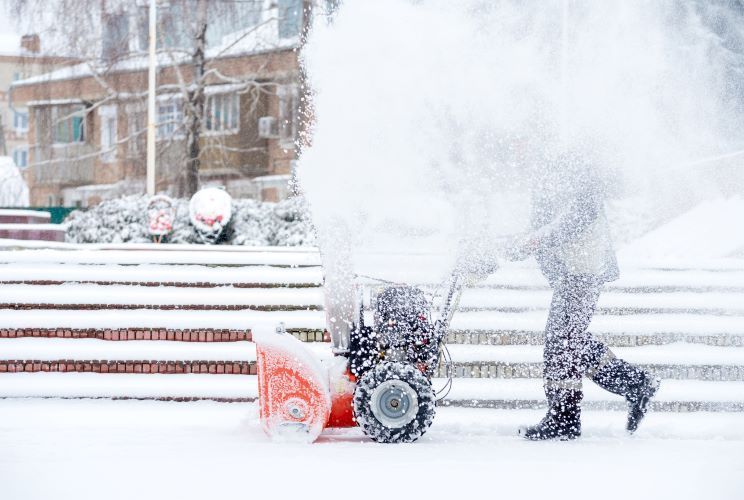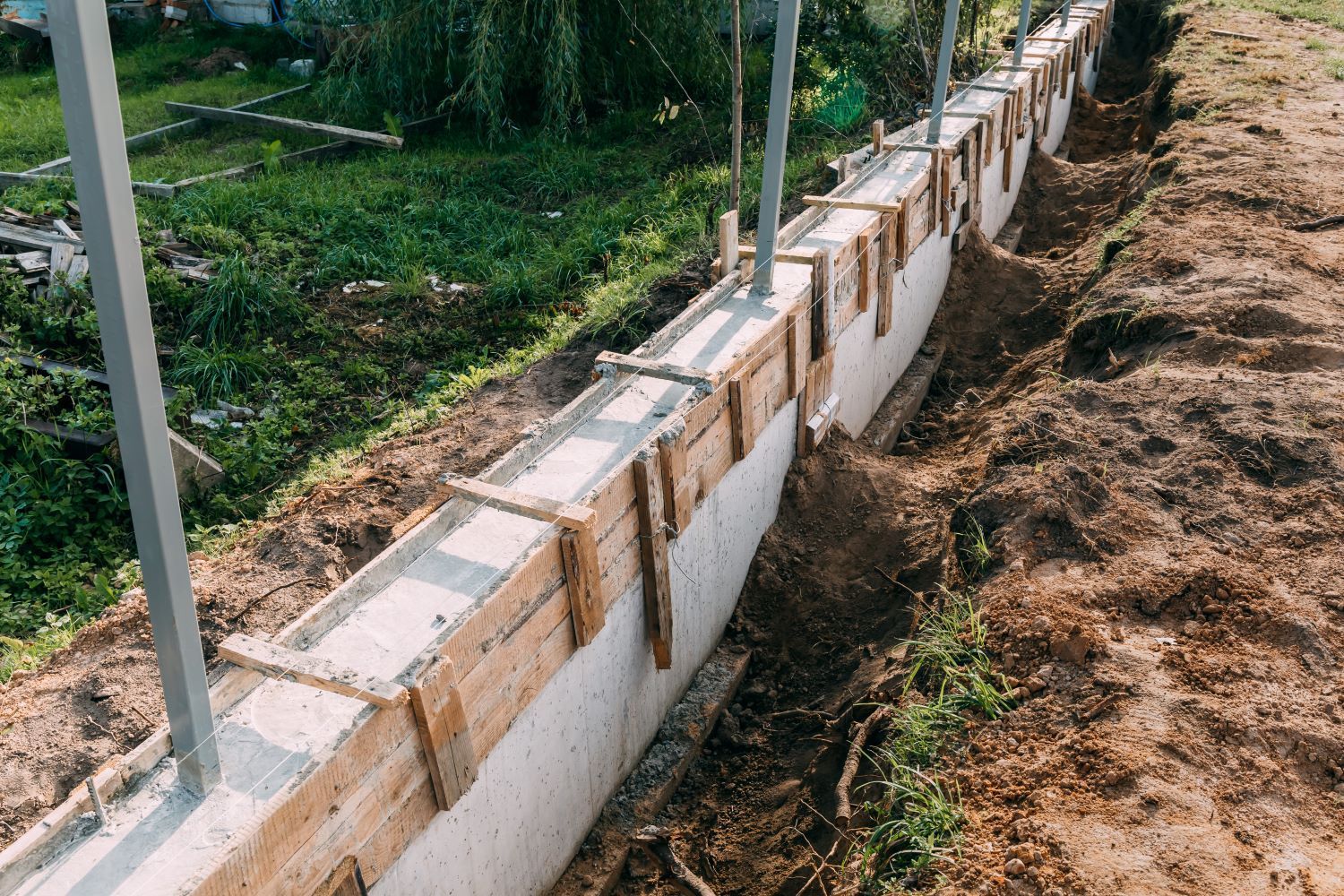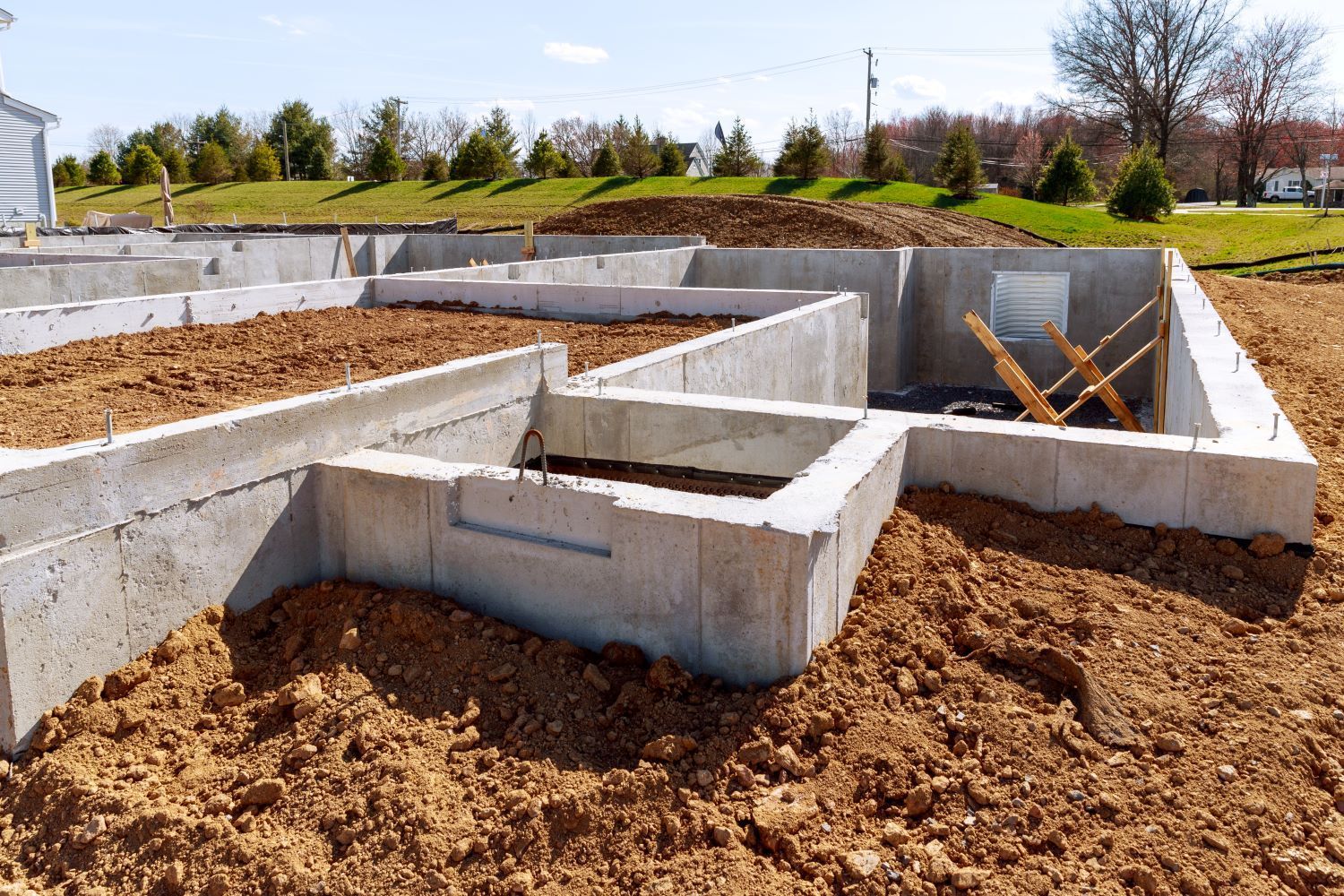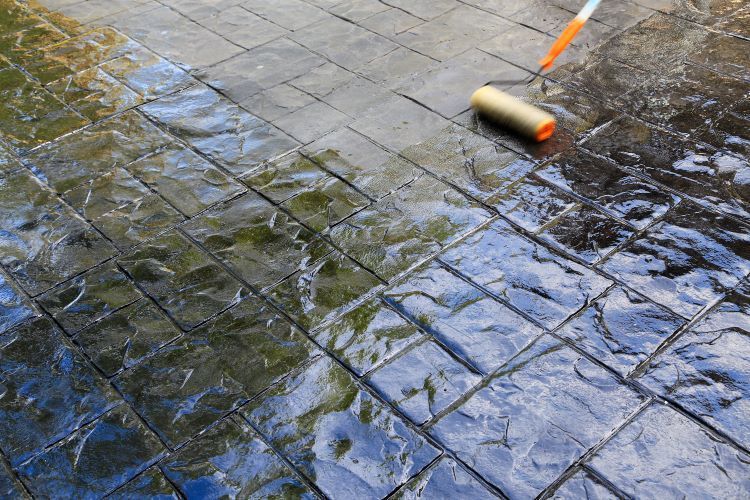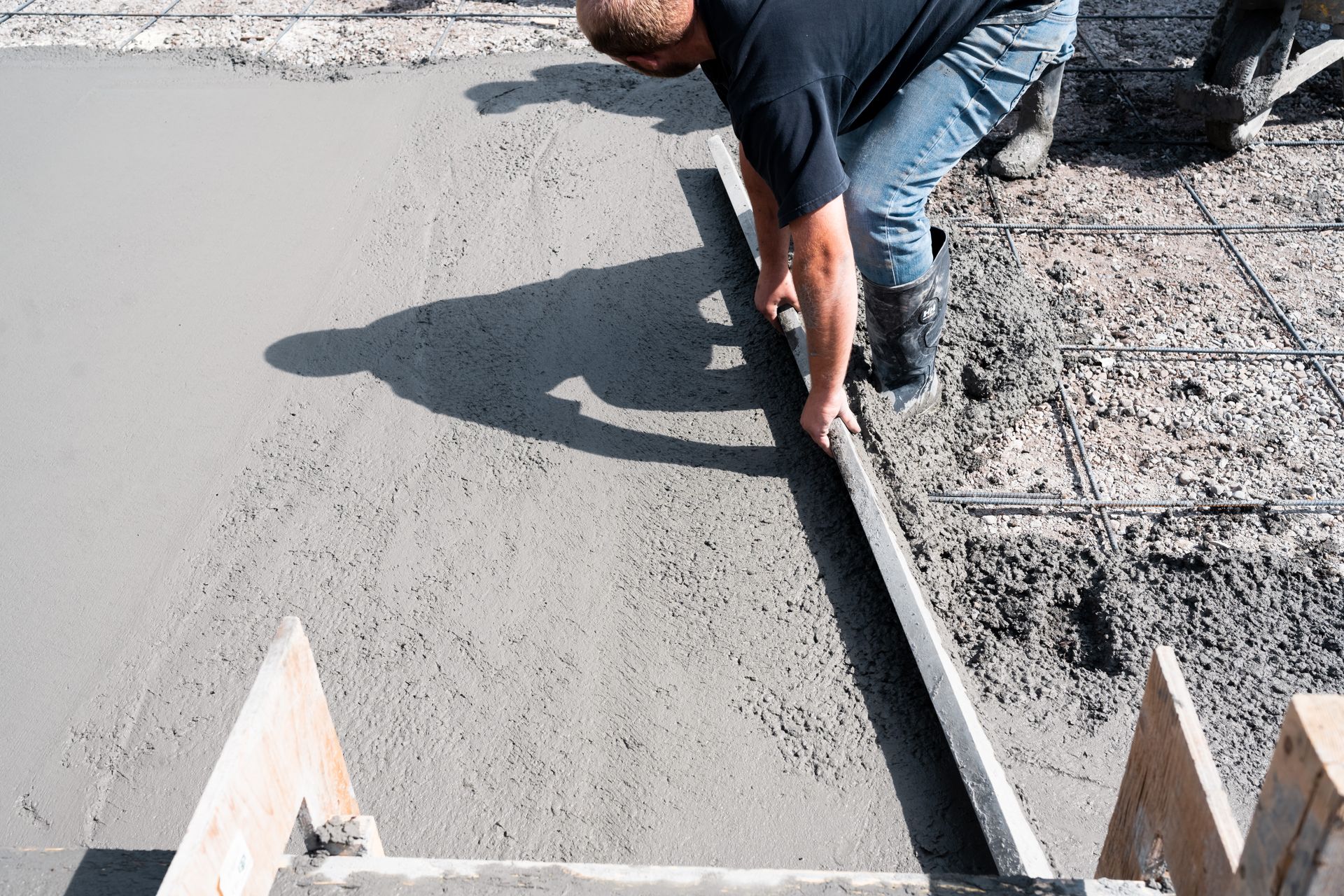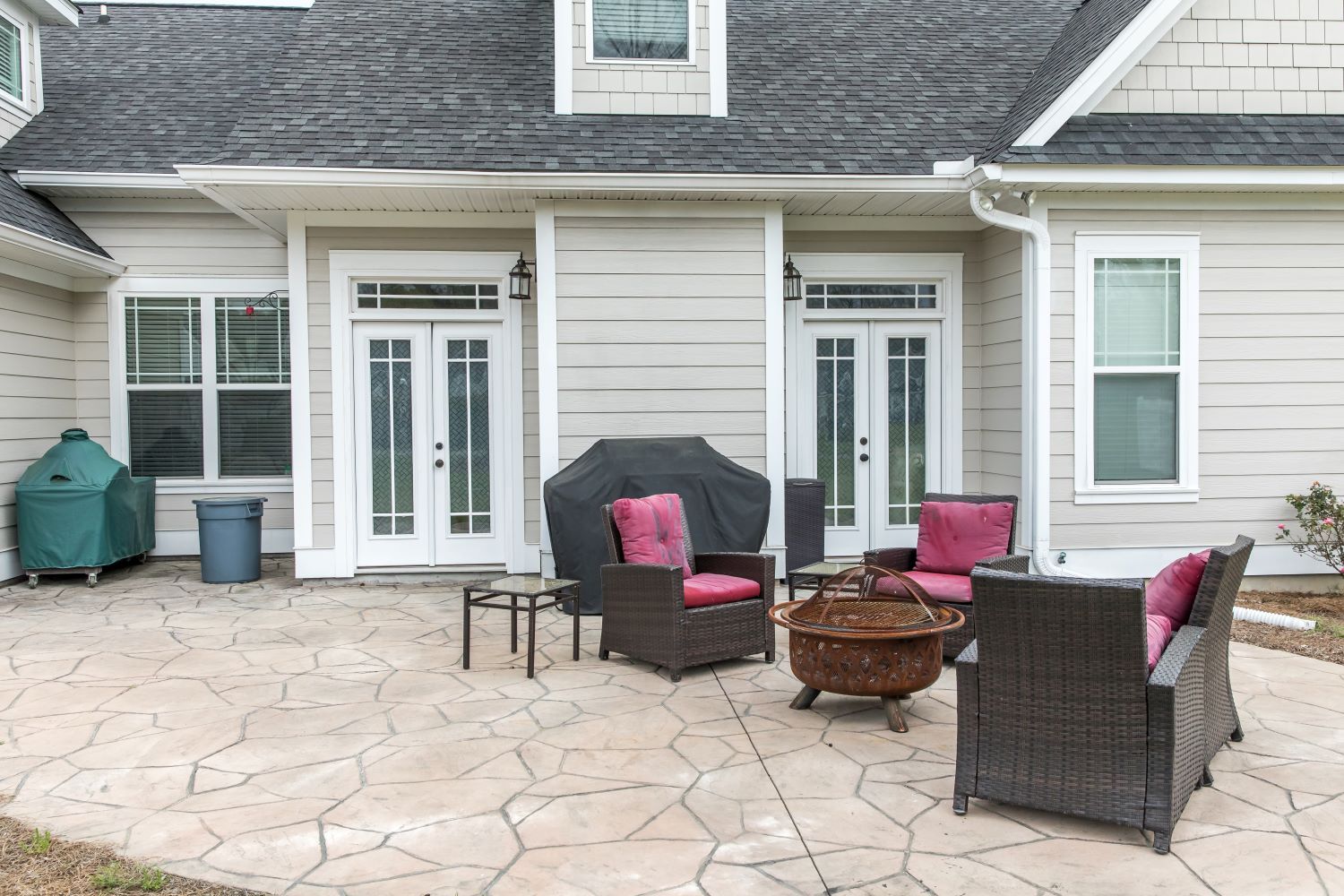How to Maintain Concrete Around Pools and Wet Areas

Concrete is a popular choice for pool decks and wet areas due to its durability, versatility, and aesthetic appeal. However, like any material exposed to moisture and varying weather conditions, it requires regular maintenance to stay in top shape. At Concrete Contractors London, we specialize in providing high-quality concrete services, and we're here to share essential tips on how to maintain concrete around pools and wet areas.
1. Regular Cleaning
Sweep and Rinse
Regular cleaning is the first step in maintaining your concrete. Sweep the area frequently to remove leaves, dirt, and debris that can cause stains or lead to moss and algae growth. Rinse the concrete with a hose to wash away any loose particles.
Deep Cleaning
For a deeper clean, use a mild detergent or a concrete-specific cleaner. Avoid harsh chemicals that can damage the concrete or harm the environment. Scrub the surface with a stiff brush to remove any stubborn stains or buildup, then rinse thoroughly.
2. Sealing the Concrete
Choose the Right Sealer
Applying a sealer is crucial for protecting concrete from water, chemicals, and UV rays. Choose a high-quality sealer designed for concrete pool decks and wet areas. There are different types of sealers available, including penetrating sealers, acrylics, and epoxies. Each type has its benefits, so consult with a professional to select the best one for your needs.
Apply Regularly
Sealers need to be reapplied periodically to maintain their effectiveness. The frequency depends on the type of sealer and the level of exposure to water and sunlight. Typically, reapplication is needed every 1-3 years. Follow the manufacturer's instructions for the best results.
3. Addressing Cracks and Damage
Inspect Regularly
Regularly inspect your concrete for cracks, chips, or other signs of damage. Small cracks can quickly turn into larger problems if left unaddressed, especially in wet areas where water can seep in and cause further deterioration.
Repair Promptly
Promptly repair any cracks or damage using a concrete patching compound. Clean the area thoroughly before applying the patch to ensure proper adhesion. For larger cracks or significant damage, it's best to consult with a professional concrete contractor to ensure a long-lasting repair.
4. Preventing Slips and Falls
Add Texture
Smooth concrete can become slippery when wet, posing a safety hazard around pools and wet areas. Adding texture to the surface can enhance traction and reduce the risk of slips and falls. This can be achieved through methods such as broom finishing, adding a slip-resistant additive to the sealer, or using textured overlays.
Non-Slip Mats
In high-traffic areas or spots prone to water accumulation, consider using non-slip mats or grip tape. These provide additional safety and can be easily removed and cleaned.
5. Protecting from Chemicals
Avoid Harsh Chemicals
Chemicals used in pools, such as chlorine and salt, can be harsh on concrete. Avoid using harsh chemicals directly on the concrete surface. When cleaning, opt for mild, concrete-safe cleaners instead.
Rinse Off Pool Water
After using the pool, rinse off any pool water from the concrete surface. This helps to remove chlorine or salt residues that can cause damage over time.
6. Managing Water Drainage
Ensure Proper Drainage
Proper drainage is essential to prevent water from pooling on the concrete surface. Standing water can lead to stains, algae growth, and damage. Ensure that the concrete is sloped correctly to direct water away from the pool and other wet areas.
Install Drainage Systems
Consider installing drainage systems, such as French drains or channel drains, to manage excess water. These systems help to collect and redirect water away from the concrete, maintaining its integrity and appearance.
7. Winter Care
Protect During Winter
In regions with freezing temperatures, it's crucial to protect your concrete during the winter. Freeze-thaw cycles can cause cracks and spalling. Avoid using de-icing chemicals, which can damage the concrete. Instead, use sand or kitty litter for traction on icy surfaces.
Cover the Pool
Covering the pool during the winter months can also help protect the surrounding concrete by reducing exposure to moisture and debris.
Conclusion
Maintaining concrete around pools and wet areas involves regular cleaning, sealing, and prompt repairs. By following these best practices, you can ensure that your concrete stays beautiful and functional for years to come.
At Concrete Contractors London, we're dedicated to helping you maintain and enhance your concrete surfaces. Contact us today for all your concrete needs and expert advice on keeping your pool deck in top condition.
